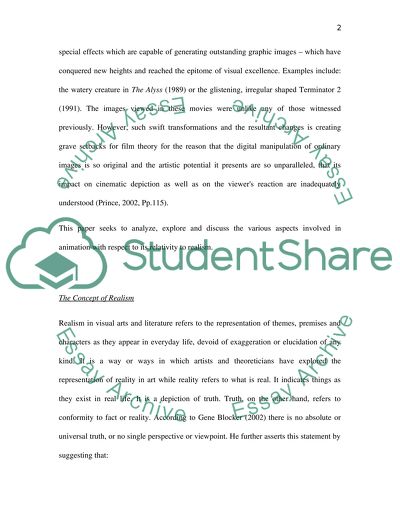Cite this document
(“The problem of realism in Animation Essay Example | Topics and Well Written Essays - 2000 words”, n.d.)
The problem of realism in Animation Essay Example | Topics and Well Written Essays - 2000 words. Retrieved from https://studentshare.org/visual-arts-film-studies/1554370-the-problem-of-realism-in-animation
The problem of realism in Animation Essay Example | Topics and Well Written Essays - 2000 words. Retrieved from https://studentshare.org/visual-arts-film-studies/1554370-the-problem-of-realism-in-animation
(The Problem of Realism in Animation Essay Example | Topics and Well Written Essays - 2000 Words)
The Problem of Realism in Animation Essay Example | Topics and Well Written Essays - 2000 Words. https://studentshare.org/visual-arts-film-studies/1554370-the-problem-of-realism-in-animation.
The Problem of Realism in Animation Essay Example | Topics and Well Written Essays - 2000 Words. https://studentshare.org/visual-arts-film-studies/1554370-the-problem-of-realism-in-animation.
“The Problem of Realism in Animation Essay Example | Topics and Well Written Essays - 2000 Words”, n.d. https://studentshare.org/visual-arts-film-studies/1554370-the-problem-of-realism-in-animation.


